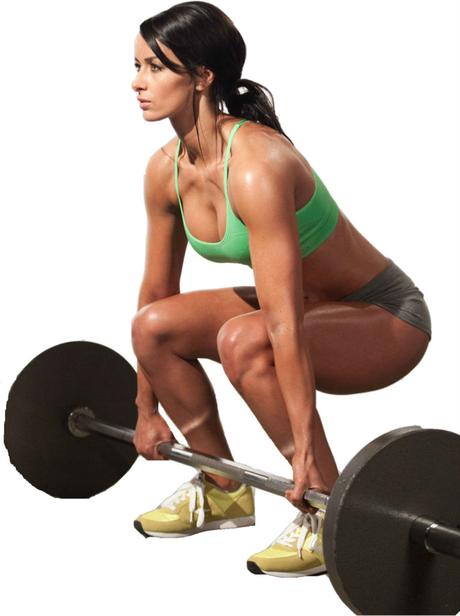
Deadlifts are one of the most effective strength training moves you can do. This compound, functional movement activates muscles from head to toe, but without good form you can easily injure yourself. Practice makes perfect form. Follow these tips to do a safe, effective deadlift.
1. Standing Hip Hinge
Unlike a squat, deadlifts require that your hips hinge back and forward on a horizontal plane rather than moving up and down. Your back should also stay neutral and straight throughout the movement. Practicing a hip hinge with no weight is a great way to build muscle memory for proper form.
2. Kettlebell Swings
Kettlebell swings utilize a front-back motion of the hips that is similar to a deadlift. It also requires a neutral spine while hinging at the hips to activate the posterior chain. Kettlebell swings with a light weight are a great warmup for deadlifts.
3. Hip Mobility
Hip mobility exercises will help you get into correct form when performing a deadlift. They do this by loosening any tight areas in the hips that can cause tension or misalignment. Strengthening a tight muscle is like building a house on an uneven foundation. It can cause you to be off balanced both ergonomically and physiologically which can lead to even more tension and even injury. A series of hip opening stretches that target every muscle group around the hips, glutes, and groin will help you build muscle evenly when you deadlift.
4. Back Extensions
Doing back extensions (either on a hyperextension bench of laying face down on a yoga mat) are a great bodyweight exercise to warm up the back and glutes. They will also help you practice your neutral spine position through a full range of motion from your hips.
5. Breathing Exercises
The best powerlifters in the world know that using your breath strategically will help your form and your ability to lift. While you may not put as many plates on your barbell, the same goes for any strength exercise. Practice diaphragmatic breathing (used when setting up for the lift) and thoracic breathing or "shallow breathing" (used to breath while going through the lifting motion to keep your core engaged). Mastering both types of breath will help you brace your core and still inhale and exhale in a way that supports your exertion.
Practice these movements before hitting the gym to help you maximize your muscle gains while protecting yourself from injury. You can also use these as part of your warm-up before deadlift sets to activate your muscles and get yourself into proper form. Most importantly, always listen to your body and challenge yourself without sacrificing form to get the best results.

